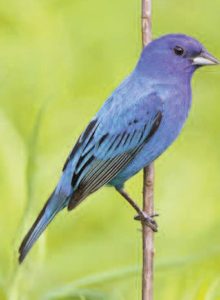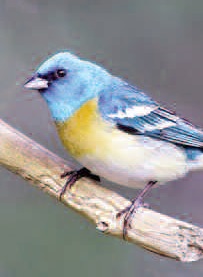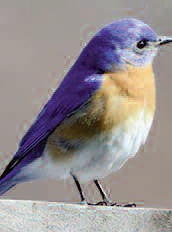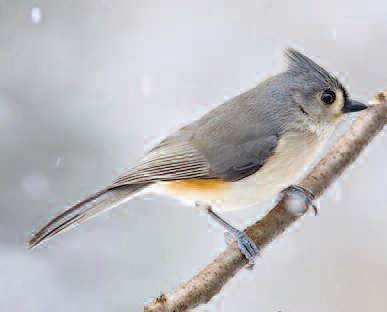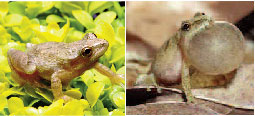SCORES & OUTDOORS: Any-deer permits now available
 SCORES & OUTDOORS
SCORES & OUTDOORS
by Roland D. Hallee
This bit of news came across my desk this week, and I thought I would share it with you. According to Maine Department of Inland Fisheries and Wildlife, applications for 2017 any-deer (antlerless) permit lottery are now available online from the Maine Department of Inland Fisheries and Wildlife.
To apply online, visit www20.maine.gov/online/nedeer/. Online applications are due by 11:59 P.M. on August 15, 2017.
It is free to apply for the any-deer permit lottery. The drawing will be held on September 8, and results will be posted on the department’s website.
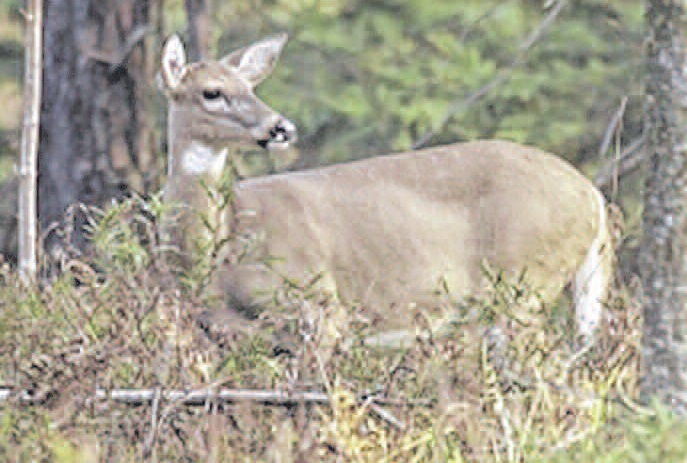 A total of 66,050 any-deer permits will be issued in 22 of the state’s 29 wildlife management districts. This is an increase from last year when there were 45,755 permits available to hunters. The permit allocation is: 16,517 for landowners; 16,517 for juniors; and 1,453 for Superpack holders and 31,563 for all other hunters.
A total of 66,050 any-deer permits will be issued in 22 of the state’s 29 wildlife management districts. This is an increase from last year when there were 45,755 permits available to hunters. The permit allocation is: 16,517 for landowners; 16,517 for juniors; and 1,453 for Superpack holders and 31,563 for all other hunters.
The 22 wildlife management districts where any-deer (antlerless) permits will be issued are 2, 3, 6, 7, 8, 9, 12, 13, 14, 15, 16, 17, 18, 20, 21, 22, 23, 24, 25, 26, 27 and 29. This year, permits have been allocated to districts 7, 12, and 13 as biological data collected and field observations by staff suggest that these WMD’s have experienced population growth.
The department uses the any-deer permit system to manage the white-tailed deer population in the state. The ability to enact change in the state’s deer populations derives from the ability to increase, or decrease, the number of breeding female deer on the landscape. By controlling the harvest of female deer in the 29 regional wildlife management districts throughout the state, biologists can manage population trends.
With last year’s winter below average in severity, more permits can be issued. White-tailed deer are at the northern edge of their range in Maine, and winter severity is a limiting factor concerning population growth. The 2015-16 winter proved to be mild in nature, in fact it turned out to be one of the mildest in the last 60+ years which often results in an increase in the deer population. To offset potential population increases due to increased juvenile survival, MDIFW increased Any-deer permit (ADP) allocations by approximately 60 percent (45,755) from the 2015 allocation of 28,770.
Last deer season, Maine hunters harvested 23,512 deer, representing an increase of 16 percent from the 2015 deer harvest. There were 20,040 deer tagged during the general firearms season, 1,267 deer were harvested during the expanded archery season, 469 deer were tagged during the regular archery season and Maine’s youth hunters harvested 659 deer. Muzzleloaders tagged 933 deer.
Deer hunting season (firearms) begins with Youth Deer Hunting Day on Saturday, October 21. Youth may take a buck statewide or an antlerless deer only in the wildlife management districts where any-deer permits will be issued this fall.
This year, Maine Residents Only Day is on Saturday, October 28, and regular firearms season for deer runs October 30 through November 25. Note: this year, a nonresident who owns 25 or more acres of land in Maine and leaves land open to hunting, holds a valid hunting license, and is not otherwise prohibited by law, may hunt deer on the resident only day.
For more information, visit www.mefishwildlife.com.


 SCORES & OUTDOORS
SCORES & OUTDOORS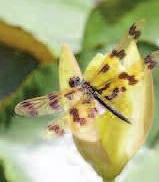
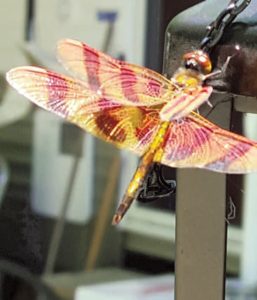
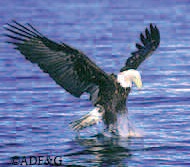 But that was nothing compared to what we witnessed on Saturday. It was a beautiful day, and we were out on the lake to take in some fishing. There was a bass tournament going on that day, so many boats and anglers were in the area. At one point, we saw a small bass, about 12-inches in length, floating in the water, obviously dead. We left it, citing that the circle of life would come into play, and some bird of prey, an osprey, bald eagle, or even a sea gull would come along and scavenge that up.
But that was nothing compared to what we witnessed on Saturday. It was a beautiful day, and we were out on the lake to take in some fishing. There was a bass tournament going on that day, so many boats and anglers were in the area. At one point, we saw a small bass, about 12-inches in length, floating in the water, obviously dead. We left it, citing that the circle of life would come into play, and some bird of prey, an osprey, bald eagle, or even a sea gull would come along and scavenge that up.